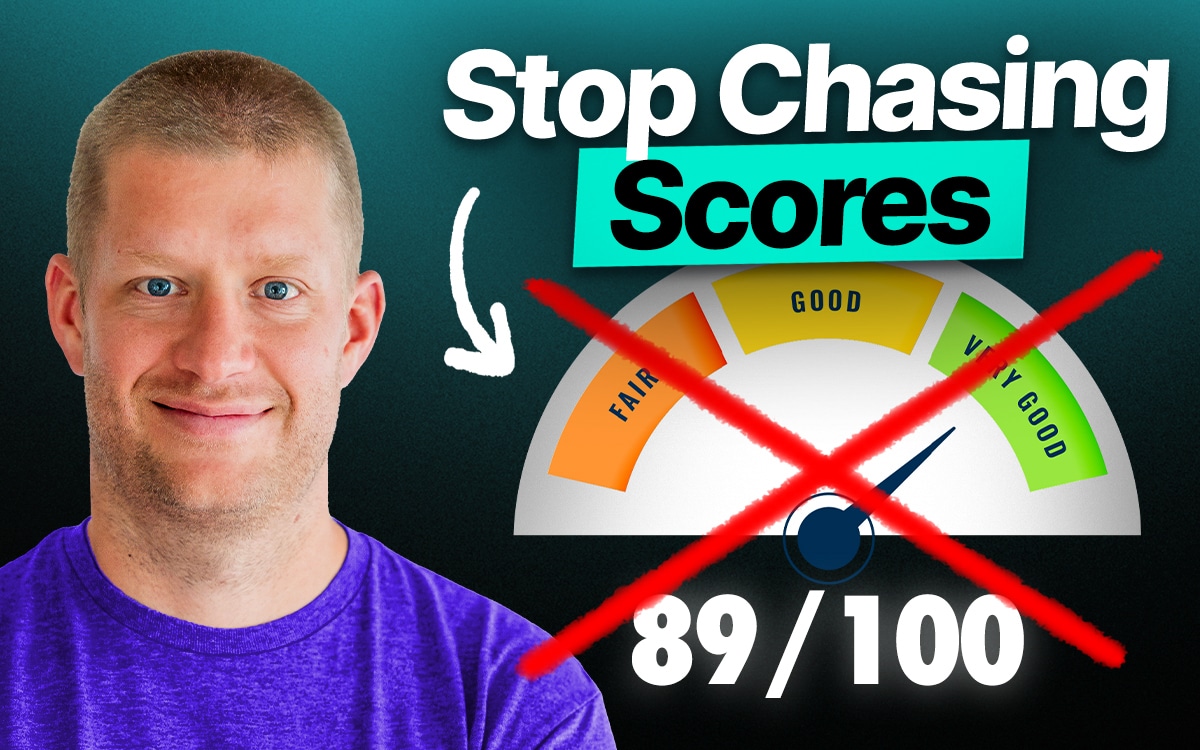How Jon Gillham Is Rethinking Content Optimization

Content optimization has been a core part of SEO since the earliest days of Google. Over the years, we’ve watched it evolve from simple checklists to sophisticated scoring tools. But with recent changes to how Google evaluates content, and the rise of generative AI, we’re entering a new era.
In this episode, Jon Gillham, founder of Originality.ai, brings a unique perspective to this shift. As someone who has built and sold content businesses and now leads a platform focused on content quality, Jon has seen firsthand how optimization strategies have changed—and where they’re headed next.
Watch the full Episode
The Origins of Content Optimization
The original purpose of content optimization was simple: understand what ranks well in Google, and make your content more like it.
- Early tools like Yoast focused on basics—ensuring your keyword appeared in the title, meta description, and first paragraph.
- More advanced platforms like Surfer SEO, MarketMuse, Clearscope, and others added a layer of analysis. They examined the top 10 results for a given keyword and told you what terms to include and how often.
- These tools gamified the process, encouraging writers to optimize for a score rather than for the reader.
For a while, this approach worked. But it also led to a flood of derivative content that mimicked existing pages without adding anything new.
The Downsides of Optimization Scores
Scoring systems might offer structure, but they come with real trade-offs:
- Writers often optimize for the score, not the user.
- Content becomes formulaic—what Jon refers to as “average” content.
- Important nuances like tone, originality, and information gain get lost in pursuit of keyword matching.
- And perhaps most critically, Google’s algorithms are getting smarter at detecting and penalizing this kind of over-optimized content.
As Jon put it, tools that reward sameness don’t align with a search engine that rewards uniqueness.
Information Gain: What Google Actually Wants
Google’s Helpful Content Update made one thing clear: originality matters more than ever.
What Google increasingly prioritizes is information gain—the addition of something new to the body of content that already exists. That could take many forms:
- Unique data: Even a small-scale test or original review can provide insights no one else is offering.
- Free tools or downloads: Calculators, templates, or checklists that directly solve user problems.
- Visual content: Screenshots, comparisons, or infographics that explain concepts more clearly.
- Real-world experience: Firsthand use, demonstrations, or personal results that differentiate the content from generic summaries.
Content that simply rephrases what’s already ranking doesn’t move the needle. In fact, it may now hurt your chances of ranking at all.
A New Model for Content Evaluation
Instead of using keyword counts and optimization scores, Jon and his team at Originality.ai have developed a different approach.

They built an AI model that evaluates a piece of content based on how likely it is to rank in Google—not by comparing keywords, but by analyzing patterns and outcomes across massive datasets.
- The system doesn’t tell you which words to add.
- It does, however, provide a strong indication of whether your content meets the threshold for quality and originality.
- It’s a “black box” model, much like Google’s own algorithm, and reflects the reality that SEO today is about more than surface-level signals.
This approach is more difficult to act on, but far more predictive. It reflects how Google now evaluates content: holistically, contextually, and with a strong bias toward originality.
How to Add Information Gain Without Big Budgets
Not every creator has the time or resources to run large studies or build tools—but adding value doesn’t have to be expensive.
Some effective, low-lift strategies include:
- Running small comparisons or tests and publishing the results
- Using the product or service you’re reviewing and documenting your real experience
- Offering downloadable resources (like spreadsheets or templates) that complement the article
- Including expert commentary or personal insight that readers won’t find elsewhere
Even small amounts of unique value can make a big difference. In fact, Jon pointed out that some of Originality.ai’s highest-performing content is built around simple tools or limited datasets that no one else had published yet.
What Great Content Creators Have in Common
Writers who consistently produce content that performs well tend to share two traits:
- Subject-matter expertise: They understand the topic deeply, which helps them avoid generic advice and add meaningful insights.
- Passion: They care about what they’re writing, which shows in the depth and usefulness of the content.
Interestingly, strong content performance correlates more with these human traits than with technical writing skill. It’s better to work with someone who knows the topic and can be edited for clarity than to rely on a talented writer who lacks domain knowledge.
Final Thoughts
The future of content optimization isn’t about producing more—it’s about producing better.
- Instead of trying to publish ten pieces of shallow content, aim for one that offers something new.
- Use optimization tools to check for topic coverage, but don’t let them dictate your approach.
- Focus on originality, depth, and usefulness—things that can’t be faked with scores or keyword stuffing.
As the web fills with AI-generated content, Google is doubling down on rewarding human insight and unique contributions. Optimization isn’t going away—but the way we think about it needs to change.
For those who can shift their mindset, the opportunity is still massive.



